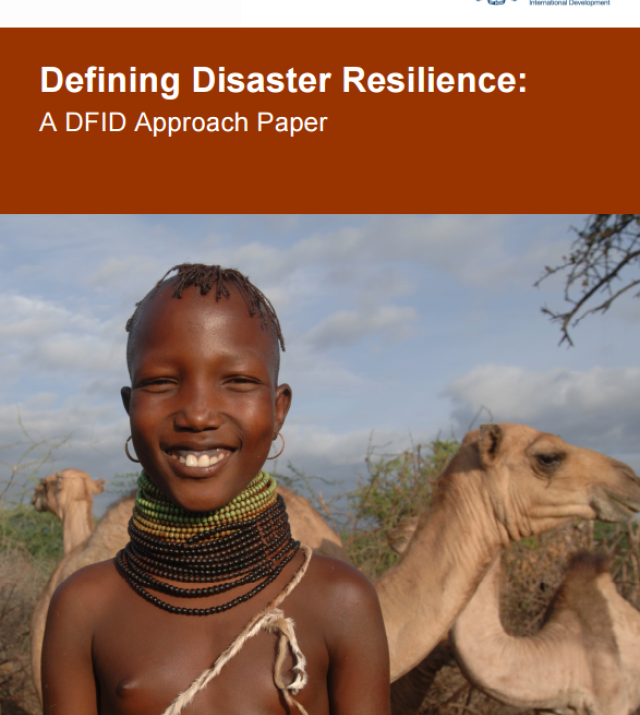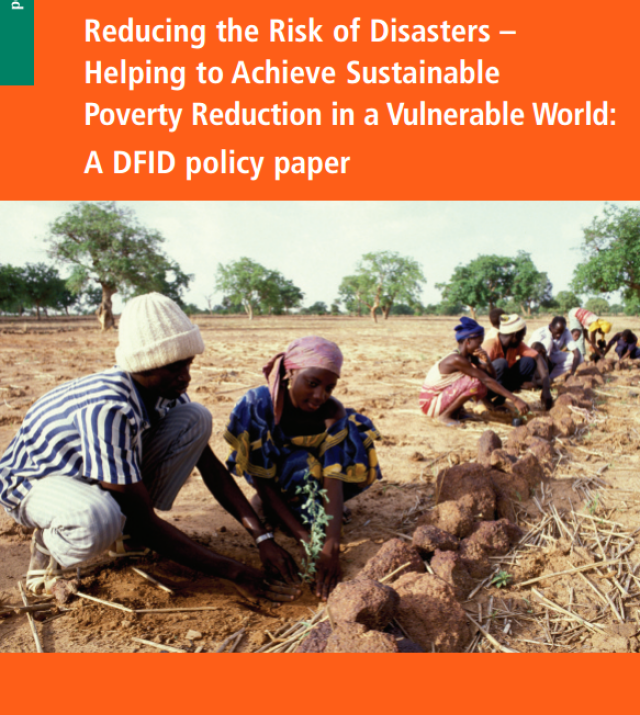
Disaster Relief 2.0: The Future of Information Sharing in Humanitarian Emergencies

The 7.0 magnitude earthquake that struck less than a mile off the coast of Haiti’s capital city of Port-auPrince in January 2010 is one of the largest sudden onset emergencies the Western hemisphere has ever seen, and it struck its poorest country. Damage from the quake collapsed poorly constructed housing and iconic government buildings alike, frequently crushing those within. It also created a chasm between what the international humanitarian community knew about Haiti prior to the quake and the reality that faced them in the quake’s aftermath.
The purpose of this report is to review what happened in Haiti—what worked, what didn’t, and what we can extract from that to inform better collaboration between the humanitarian system and volunteer and technical communities.
It explores how the international humanitarian system and volunteer and technical communities approached information management during the response (Chapter 2) and how these approaches differed and came into tension (Chapter 3). Based on this, the report offers guidelines for what an interface between the two communities might look like (Chapter 4), and, to stimulate further dialogue, presents one prototype model for this missing interface (Chapter 5).
The report is a springboard for conversation and a framework for action. By exploring the underlying dynamics and tensions between the formal and informal systems of information management during the Haiti operation, the report identifies key challenges and recommends an organizational design for addressing some of those.

